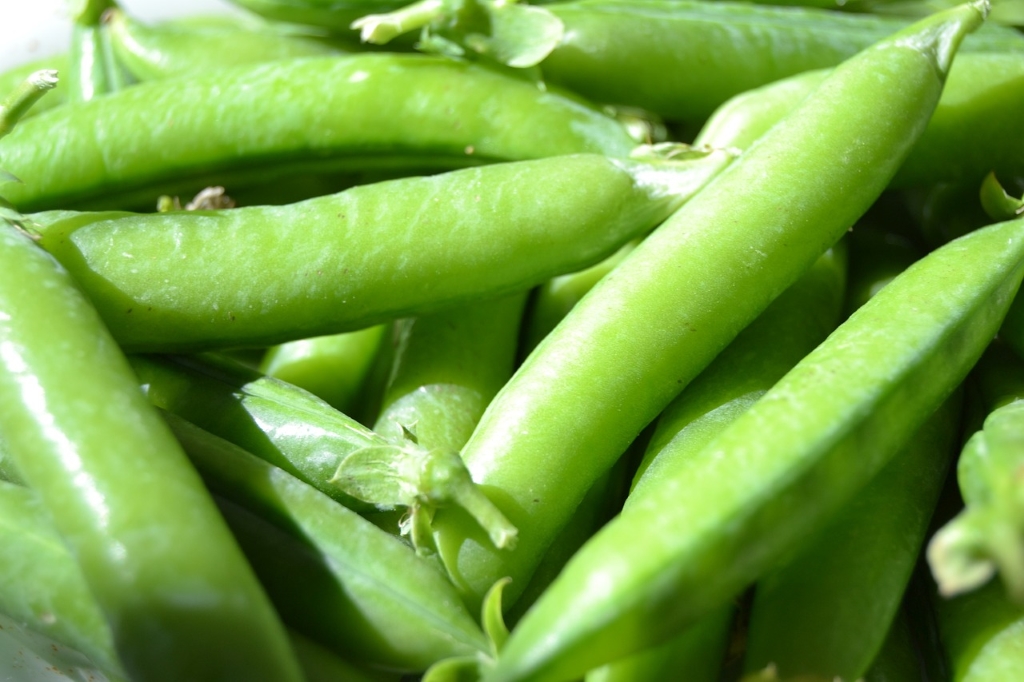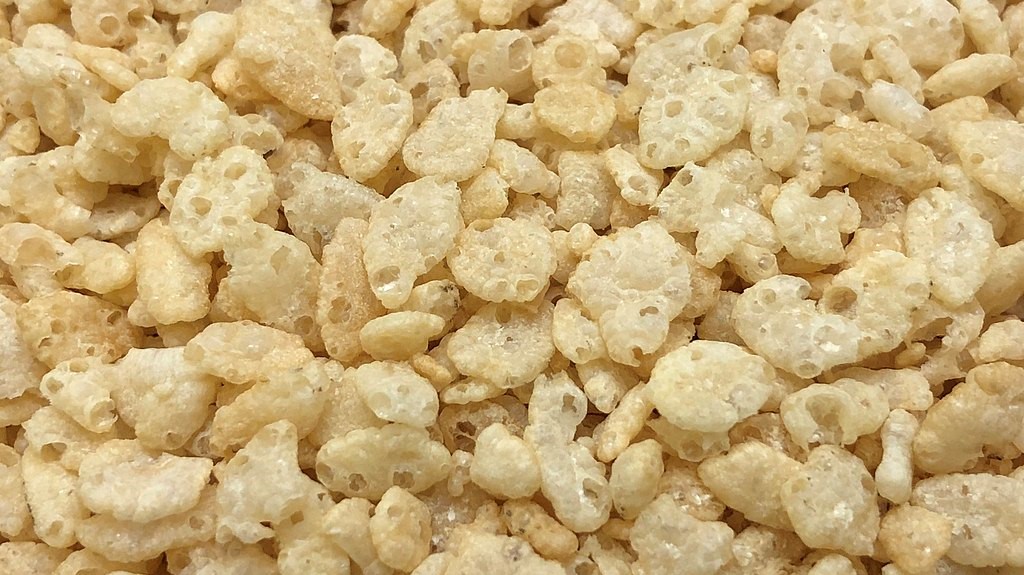Ginger snaps have become a popular treat for dogs, but there is a debate over whether they are safe and healthy for our furry friends. While ginger itself has many potential benefits for dogs, such as anti-inflammatory properties and aiding in digestion, the ingredients in ginger snaps may not be suitable for all dogs. It is important to understand the risks and benefits before deciding whether to feed ginger snaps to your dog.
Key Takeaways
- Feeding dogs spicy foods can be risky and potentially harmful
- Ginger has potential benefits for dogs, but should be introduced carefully
- Ginger snaps may have some nutritional value for dogs, but should be given in moderation
- Dogs have a different digestive system than humans and may not be able to handle spicy foods
- Allergies and intolerances can be dangerous for dogs, so it’s important to monitor their reactions to new foods
Understanding the Risks of Feeding Dogs Spicy Foods
Dogs have a different digestive system than humans and may not be able to handle spicy foods. Spicy foods can cause gastrointestinal upset, vomiting, and diarrhea in dogs. This is because dogs have a shorter digestive tract than humans, which means that food moves through their system more quickly. Spicy foods can cause irritation and inflammation in a dog’s digestive system, leading to discomfort and potential health issues.
The Potential Benefits of Ginger for Dogs
Despite the risks associated with spicy foods, ginger itself has many potential benefits for dogs. Ginger has anti-inflammatory properties that can help with joint pain and arthritis in dogs. It can also aid in digestion and reduce nausea in dogs. If your dog suffers from any of these conditions, incorporating ginger into their diet may be beneficial. However, it is important to do so in a safe and controlled manner.
Examining the Nutritional Value of Ginger Snaps
| Parameter | Value |
|---|---|
| Calories | 120 |
| Total Fat | 4g |
| Saturated Fat | 1g |
| Trans Fat | 0g |
| Cholesterol | 0mg |
| Sodium | 120mg |
| Total Carbohydrates | 20g |
| Dietary Fiber | 1g |
| Sugars | 9g |
| Protein | 2g |
When considering whether to feed ginger snaps to your dog, it is important to examine the nutritional value of the treat. Ginger snaps may contain added sugars and preservatives that are not healthy for dogs. These ingredients can contribute to weight gain, dental issues, and other health problems in dogs. It is important to read the ingredients list and nutritional information before feeding ginger snaps to your dog to ensure that they are getting a healthy treat.
Can Dogs Handle the Heat? Understanding Their Digestive System
As mentioned earlier, dogs have a shorter digestive tract than humans, which means that food moves through their system more quickly. This can make it difficult for dogs to handle spicy foods, including ginger snaps. Spicy foods can cause irritation and inflammation in a dog’s digestive system, leading to discomfort and potential health issues. It is important to consider your dog’s individual digestive system and tolerance for spicy foods before deciding whether to feed them ginger snaps.
The Dangers of Allergies and Intolerances in Dogs In addition to the potential risks associated with spicy foods, some dogs may be allergic or intolerant to ginger or other ingredients in ginger snaps. It is important to monitor your dog for any signs of an allergic reaction or intolerance. Symptoms may include itching, redness, swelling, vomiting, diarrhea, or difficulty breathing. If you notice any of these symptoms after feeding your dog ginger snaps, it is important to stop feeding them immediately and consult with your veterinarian.
In addition to the potential risks associated with spicy foods, some dogs may be allergic or intolerant to ginger or other ingredients in ginger snaps. It is important to monitor your dog for any signs of an allergic reaction or intolerance. Symptoms may include itching, redness, swelling, vomiting, diarrhea, or difficulty breathing. If you notice any of these symptoms after feeding your dog ginger snaps, it is important to stop feeding them immediately and consult with your veterinarian.
Safe Alternatives to Ginger Snaps for Dogs
If you are concerned about the potential risks associated with feeding your dog ginger snaps, there are many safe and healthy alternatives that you can give them instead. Carrots, apples, and plain cooked chicken are all examples of treats that are safe and nutritious for dogs. These treats provide vitamins, minerals, and other essential nutrients without the added sugars and preservatives found in ginger snaps.
Tips for Introducing Ginger to Your Dog’s Diet
If you still want to introduce ginger to your dog’s diet, it is important to do so gradually and in small amounts. Start by adding a small amount of grated or powdered ginger to their regular food and monitor their reaction. If they tolerate it well, you can gradually increase the amount of ginger over time. However, if you notice any signs of gastrointestinal upset or other adverse reactions, it is important to stop feeding them ginger immediately and consult with your veterinarian.
Consulting with Your Veterinarian Before Feeding Your Dog Ginger Snaps
Before making any changes to your dog’s diet, it is always a good idea to consult with your veterinarian. They can help you determine if ginger snaps are safe and appropriate for your dog based on their individual needs and health. Your veterinarian may also be able to recommend alternative treatments or supplements that can provide the same benefits as ginger without the potential risks.
Making Informed Decisions About Your Dog’s Diet
When it comes to feeding your dog ginger snaps, it is important to make informed decisions based on your dog’s individual needs and health. While ginger itself has many potential benefits for dogs, the ingredients in ginger snaps may not be suitable for all dogs. By understanding the risks and benefits of ginger for dogs, you can make the best choices for your furry friend. Remember to always consult with your veterinarian before making any changes to your dog’s diet to ensure their health and well-being.
If you’re wondering whether dogs can eat ginger snaps, you may also be interested in finding out if dogs can eat butterscotch pudding. While ginger snaps are generally safe for dogs in moderation, butterscotch pudding contains ingredients like sugar and artificial sweeteners that can be harmful to dogs. To learn more about what human snacks are safe for dogs, check out this informative article on canmydogeat.org. It provides valuable insights into what foods are safe and which ones should be avoided when it comes to sharing snacks with your furry friend.
FAQs
What are ginger snaps?
Ginger snaps are a type of cookie that is made with ginger, molasses, and other spices. They are often crispy and have a slightly spicy flavor.
Can dogs eat ginger snaps?
While ginger snaps are not toxic to dogs, they are not recommended as a regular part of their diet. They are high in sugar and fat, which can lead to obesity and other health problems in dogs.
What are the potential risks of feeding ginger snaps to dogs?
Feeding ginger snaps to dogs can lead to weight gain, digestive issues, and dental problems. The high sugar content can also increase the risk of diabetes and other health problems.
Are there any benefits to feeding ginger snaps to dogs?
While ginger has some health benefits for dogs, such as reducing inflammation and aiding digestion, the high sugar and fat content in ginger snaps outweigh any potential benefits.
What are some healthier alternatives to ginger snaps for dogs?
There are many healthier alternatives to ginger snaps for dogs, such as small pieces of fresh ginger, carrots, green beans, and apples. These foods are low in calories and provide important nutrients for dogs. It is always important to consult with a veterinarian before introducing new foods to your dog’s diet.
📚 Sources:












